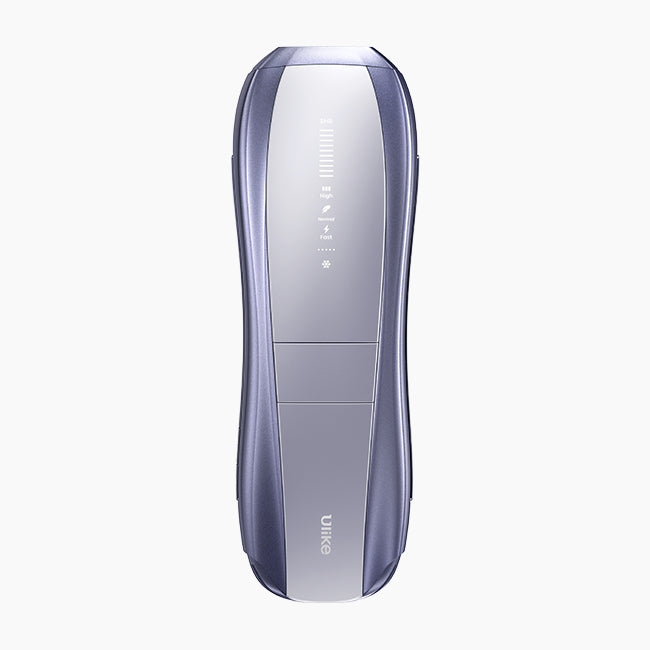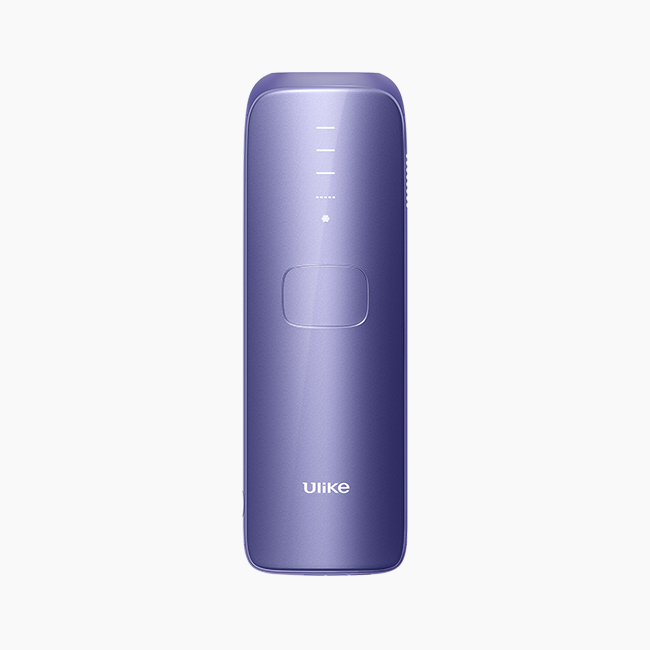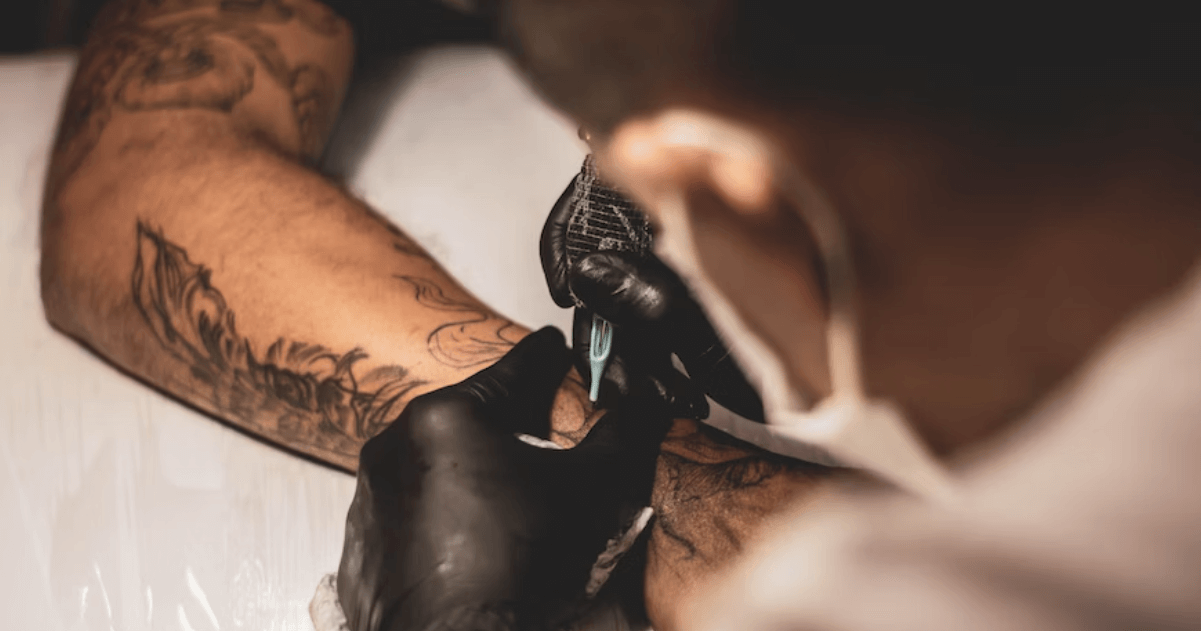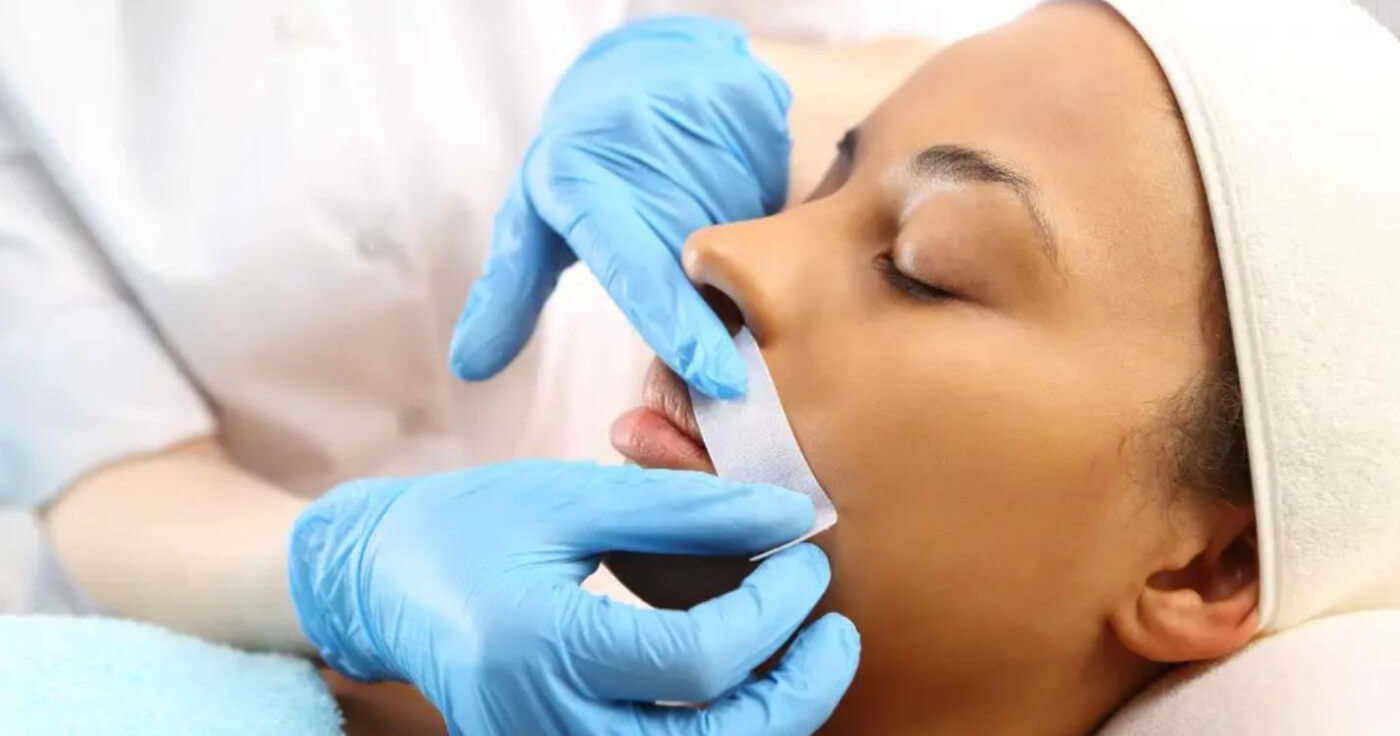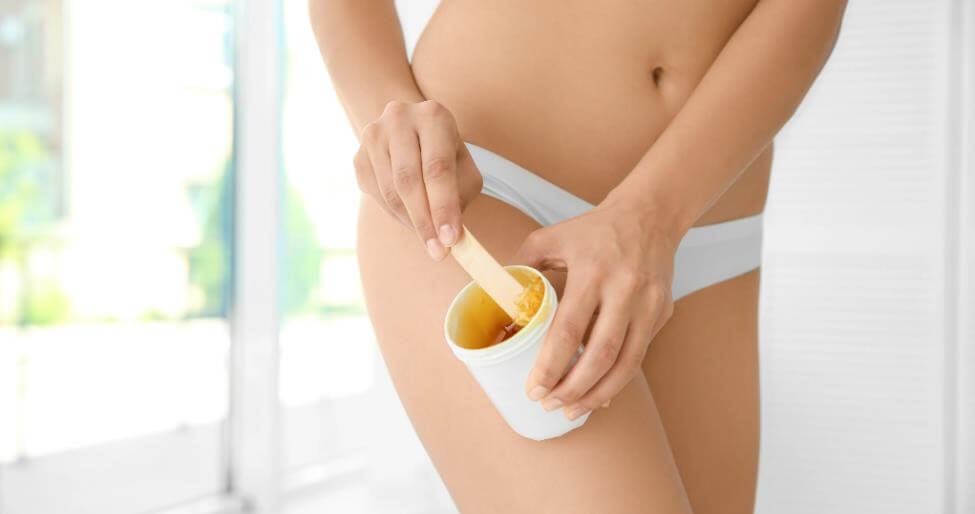
Let’s not try to sugarcoat it; waxing is not for the faint-hearted. The approach may be more effective and long-lasting than shaving or other traditional hair removal methods, but it isn’t without pain, discomfort, and other side effects. And if you have enough courage to use this method to eliminate your pubic hair, you deserve a heroic award for shaming pain. Your action is akin to confronting one’s fears headlong.
But bravery alone does not wipe off the possible side effects of this hair removal technique. You might be able to keep your cool and remove the wax from your bikini lines, but it may leave an impression that requires you to take further actions to combat it. So, in this write-up, I will reveal some of the common adverse effects of waxing, especially on sensitive body parts like the pubic region, and how you can avoid or reduce them. But let’s first talk about what waxing is.
What is Waxing?
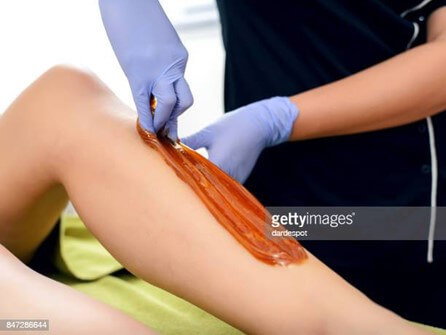 Here’s a quick activity for you to understand what waxing is. Identify a strand of hair on your leg or hand and try to pull it off. Isssh! Was it painful? You’ve just carried out waxing, although manually. With this method, you are removing your unwanted body hair from its roots. It’s done professionally using
waxing strips
with paste-like adhesives, which your hairs attach to before they are pulled off.
Here’s a quick activity for you to understand what waxing is. Identify a strand of hair on your leg or hand and try to pull it off. Isssh! Was it painful? You’ve just carried out waxing, although manually. With this method, you are removing your unwanted body hair from its roots. It’s done professionally using
waxing strips
with paste-like adhesives, which your hairs attach to before they are pulled off.
There is another waxing approach that doesn’t require strips; it involves applying the pastes directly on the skin before they are removed. This method is, however, not as common as the strips. Nevertheless, waxing is advantageous in that it leaves you with silky-soft, hairless skin for at least four weeks. Some even report eight to ten weeks before another growth, which is always sparser and finer than the pre-waxing state.
But while waxing is effective, it’s also challenging. Below are some of its adverse effects.
Adverse Effects of Waxing Pubic Hair
1. Pain
The skin around the pubic area is super-sensitive to touch and pain, and there are no strips that promise nearly painless waxing. Granted, you might be able to bear the little discomfort if you use appropriate pubic strips, but it will never completely rule out stings. However, with repeated waxing, you can get used to the pain and be able to bear it.
Way Out
Over-the-counter pain medications like acetaminophen or ibuprofen can help you cope with waxing pains. Preferably, you should take it 20 minutes before the treatment, so it can commence work when you start waxing. Alternatively, apply a warm compress to the area before waxing so the hairs can come out easily without causing much pain.
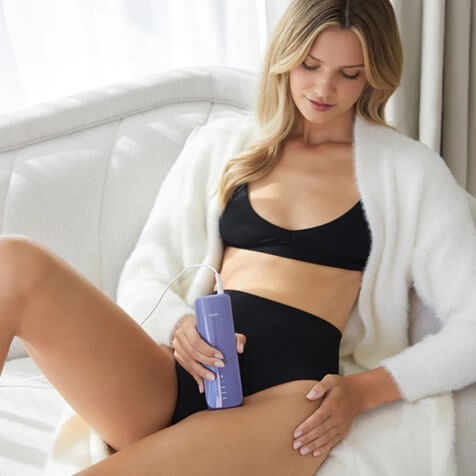 If you don’t want to feel pain, consider other hair removal methods like
Intense Pulsed Light
(IPL) treatment. The process isn’t as rapid as waxing, but it is long-term, nearly painless, and FDA-cleared for removing hairs from sensitive and private body parts like the pubic area. One of the most trustworthy IPL devices you can purchase to remove your pubic hair and not feel pain is the
Ulike Sapphire Air3 IPL
hair removal handset.
If you don’t want to feel pain, consider other hair removal methods like
Intense Pulsed Light
(IPL) treatment. The process isn’t as rapid as waxing, but it is long-term, nearly painless, and FDA-cleared for removing hairs from sensitive and private body parts like the pubic area. One of the most trustworthy IPL devices you can purchase to remove your pubic hair and not feel pain is the
Ulike Sapphire Air3 IPL
hair removal handset.
While it is more expensive ($379) than waxing strips, it offers a long-term affordable way of removing objectionable hair from anywhere on your body in an effective and nearly painless way. Specifically, below are some of the benefits of this Ulike Sapphire Air3 handset
- It offers long-lasting hair removal from your pubic area if used as recommended.
- You start seeing results in just three weeks! (the shortest in the industry)
- No single pain, even if you have super-sensitive skin. Its patented ice-cooling technology takes care of discomfort during treatment.
- It is FDA and dermatologists cleared as safe for home and personal use.
- You get a 90-day money-back guarantee. If it doesn’t produce the results desired within this time, you can return it and seek a refund.
- The handset can last you a lifetime.
2. Breakouts/Pimples
When you wax, you aren’t only removing hairs; your skin sometimes follows, exposing the area to microbial invasion. If bacteria find their way into your opened pores, they can cause an infection that creates inflamed skin around your pubic area. Besides, removing hair from its roots can also disturb the skin balance, resulting in inflammation that may not be bacteria-induced.
As you know, breakouts on the skin are not often palatable. Therefore, if you plan to wax, you must find a way to prevent it.
Way Out
Besides ensuring that your pubic area is always clean, avoid touching it or using oil-based creams on the area after waxing. It’s OK to use aloe vera as a soothing agent, more so that it has antibacterial properties. But incessant touching or use of oil-based products can irritate it. Also, if you exfoliate your skin before waxing it, it reduces your chances of suffering breakouts because it already takes care of dead skin cells that might follow your hair during waxing.
3. Ingrown Hair
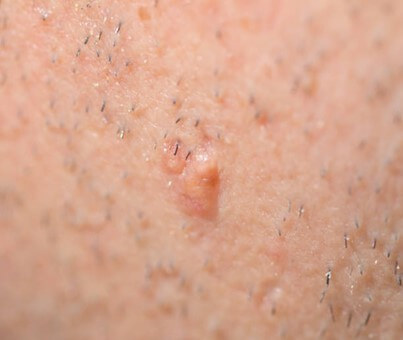 Except for IPL and a few other methods, all hair removal techniques come with the risk of
ingrown hair
. With waxing, there is the chance of leaving behind tiny hairs not captured by the wax and which can grow back into the skin instead of growing outwardly. When such happens, you get a cyst-like growth on your pubic skin, which is painful and can also play host to infections.
Except for IPL and a few other methods, all hair removal techniques come with the risk of
ingrown hair
. With waxing, there is the chance of leaving behind tiny hairs not captured by the wax and which can grow back into the skin instead of growing outwardly. When such happens, you get a cyst-like growth on your pubic skin, which is painful and can also play host to infections.
Way Out
Exfoliation before and after waxing is the best way to avoid this serious risk. It helps to remove skin debris and other obstructions that can block young growing hairs from shooting to the surface. Also, using the correct waxing procedure can help minimize this risk. When removing the wax, you should do so against the direction of hair growth so it doesn’t leave any residue behind that can cause ingrown hair.
Similarly, based on recommendations from the American Academy of Dermatology, you should avoid trimming your hair before waxing it. Instead, allow it to grow to some point, so the strands can adhere to the wax and come out easily when removing the strips.
4. Skin Trauma
Although rare, some people experience bleeding after waxing that may need medical intervention to control it. It happens with individuals whose skin has gone through stressors like prolonged exposure to sunlight or those on drugs such as aspirin, birth control pills, or blood thinners. People with phlebitis or rosacea are also predisposed to experiencing bleeding after waxing.
Way Out
First, you must be sure that waxing is good for you before proceeding. If you are on drugs or any hormonal pill, it’s best to confirm with your doctor before waxing. Otherwise, other safer hair removal methods like IPL or shaving may be better. With the Ulike Sapphire Air3 IPL handset, you stand no risk of complications, even when on drugs or managing some of the conditions earlier mentioned.
5. Allergy and Irritation
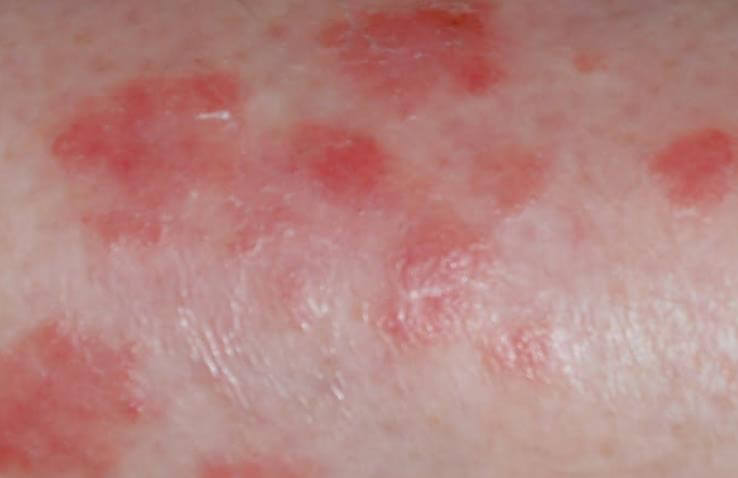 Itchiness is common with waxing, especially when it’s done on reactive body parts like the pubic area. Dermatologists call it contact dermatitis, and it manifests as stinging or burning bumps on the spot waxed. Findings have revealed that the rosin in wax causes this allergic reaction in some people, and when combined with harsh soap or detergent, things can get worse.
Itchiness is common with waxing, especially when it’s done on reactive body parts like the pubic area. Dermatologists call it contact dermatitis, and it manifests as stinging or burning bumps on the spot waxed. Findings have revealed that the rosin in wax causes this allergic reaction in some people, and when combined with harsh soap or detergent, things can get worse.
Similarly, irritation results from waxing because the procedure essentially damages the hair follicles. As you “uproot” the hair, it can cause your skin to become red and swollen. Usually, this should vanish within minutes, but if you wear tight panties or underwear, it can become severe and something you would need help to resolve.
Way Out
Confirm that you do not react to rosin before waxing the entire pubic area. You can opt for any rosin allergy tests or check with a small portion of your body before expanding it. Also, to prevent irritation after waxing, avoid wearing any tight clothing that can elicit such. It is also helpful to steer clear of oil-based skincare products for a while after the procedure.
Conclusion
Waxing is effective, and it gives a uniformly smooth result within a day. But, as you can see, it has side effects. And since it isn’t a long-lasting hair removal technique, it means you will have to repeat it as many times as it offers the result you like. Granted, the regrowth is usually sparse and thin, but it doesn’t remove the need for another waxing.
When you consider the pain and other associated risks, coupled with the price you’ll pay from repeated wax purchases, it’s better to opt for a more effective and nearly painless method such as the Intense Pulsed Light approach mentioned earlier.
